In today's commercial interiors, incorporating elements of antiquity and preserving authentic architectural features of the building has become exceedingly relevant. Utilizing items with a history provides a unique opportunity to infuse spaces with character, sophistication, and timeless elegance.
Designers aiming to create modern interiors that seamlessly blend historical elements adhere to a delicate balance between tradition and innovation, heritage and contemporary style. They merge old-world charm with the refined aesthetics of modern design. How can such elements be intelligently integrated into commercial interior design to achieve a genuinely stylish and contemporary look? Leading designer Igor Yashin from ZIKZAK Architects shares insights.
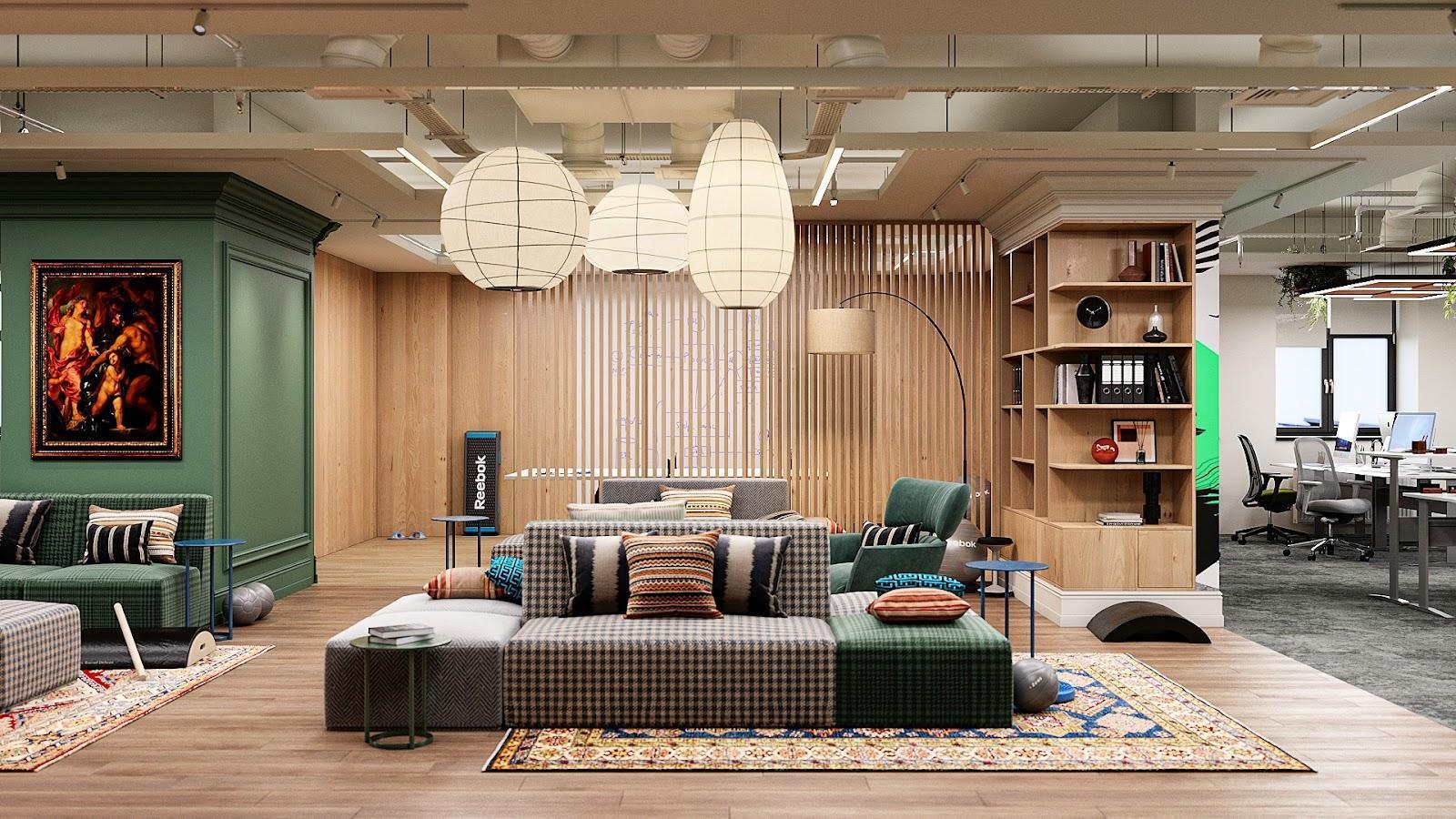
Office with Vintage Elements. Design by ZIKZAK Architects
Research and Inspiration
Before embarking on a design journey, it's worth delving into the rich history of an item and its cultural significance. Analyze various design movements, from Art Deco to Modernism, and find objects that resonate with the desired aesthetic and spatial narrative. Historical contexts can inspire conceptual design solutions.
Choosing the Right Vintage Element
When selecting vintage items for commercial interiors, prioritize quality, authenticity, and alignment with the design concept. Look for timeless furniture pieces: antique tables, weathered chairs, or striking light fixtures that can serve as focal points in the space. Consider the scale, proportions, and materials of these items within the overall design scheme so that they organically complement rather than overpower modern elements.
Creating Visual Harmony
Achieving visual harmony between items with history and modern elements is crucial for crafting a cohesive and sophisticated interior. Experiment with subtle and contrasting relationships, combining vintage furniture with contemporary finishes, textures, and accessories to create dynamic visual interest. Integrate vintage into the space, balancing its presence with refined, minimalist design elements to maintain a sense of balance and unity.
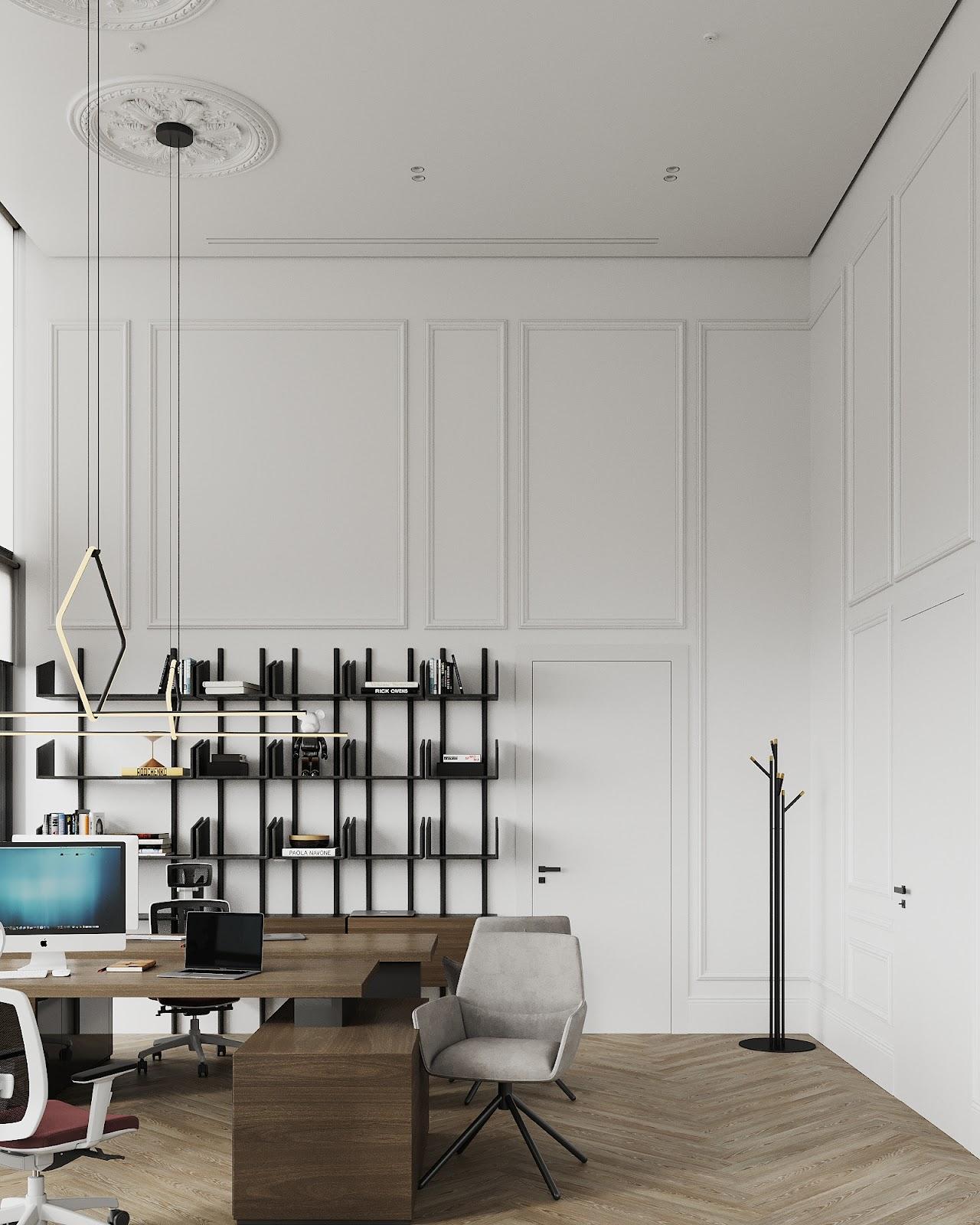
Office with Preserved Authentic Building Elements. Design by ZIKZAK Architects
Customization and Restoration
Take advantage of customization and restoration to tailor old items to the specific needs and aesthetic preferences of the commercial space. Customization allows designers to breathe new life into historically significant items, ensuring their seamless integration into the overall design narrative, whether it's updating a vintage table or reupholstering old chairs with modern fabrics.
Layering and Texture
Utilize layers of texture to enhance tactile sensations in the interior and create depth and dimension. Mix vintage wooden furniture with plush, textured rugs, and tactile accessories to evoke feelings of warmth and luxury. Experiment with combining materials such as wood, metal, glass, and stone to add visual intrigue and create a multidimensional environment that stimulates the senses.
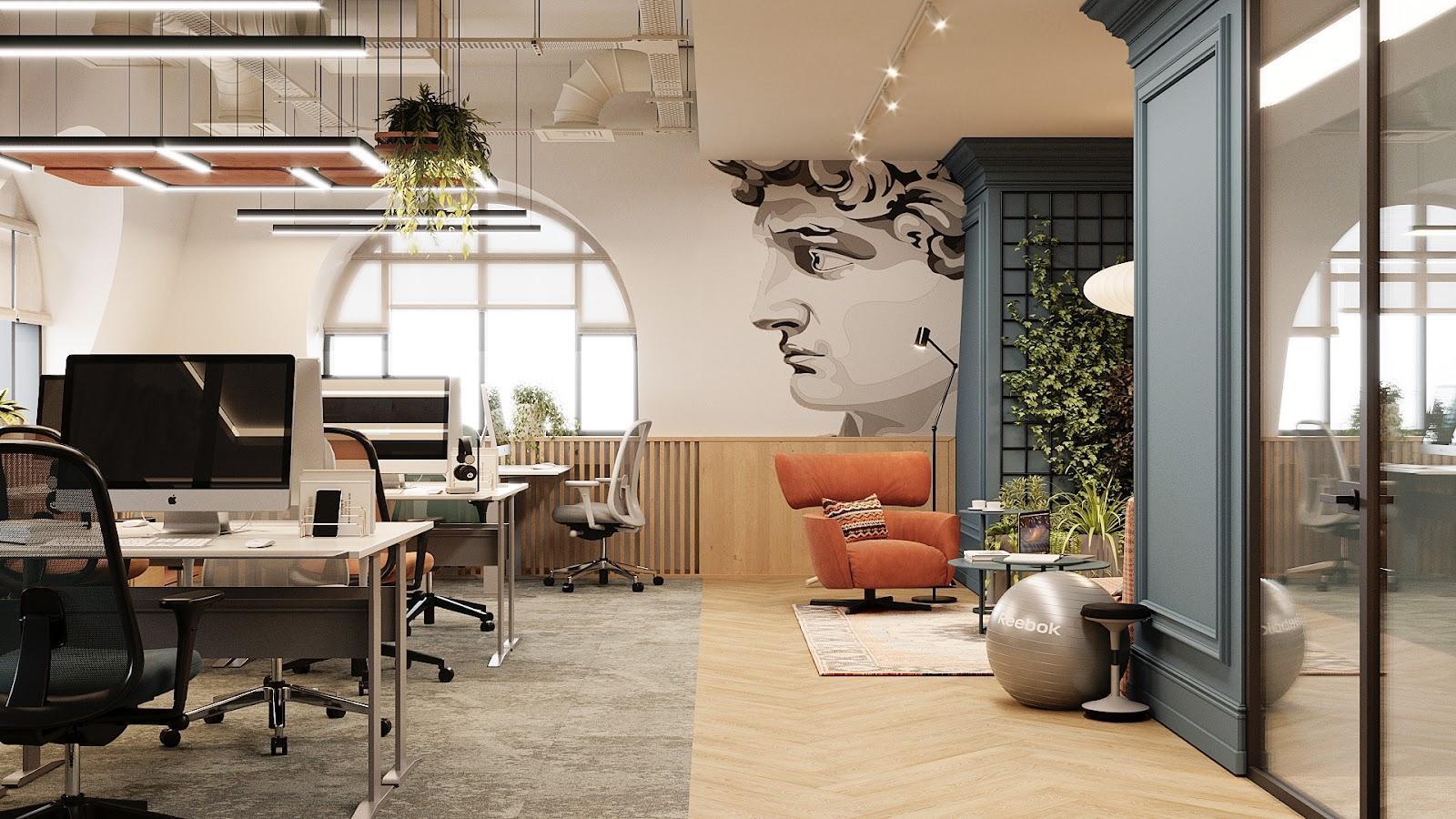
Open Space with Vintage Elements. Design by ZIKZAK Architects
Storytelling
Infuse the interior with a sense of narrative by incorporating items that evoke associations with history, heritage, and culture. Highlight the origin and significance of each element, inviting visitors to embark on a journey of discovery and appreciate the craftsmanship and artistry of past eras. Use vintage pieces to convey the values, ethos, and individuality of the brand or business, fostering a deeper connection with clients.
Sustainable Development
In an era of growing environmental consciousness, prioritize sustainable development when acquiring used items for commercial interiors. By repurposing and refurbishing such items, designers can reduce their impact on the environment and promote a more sustainable approach to interior design. The trend of recycling in interiors continues to gain momentum.
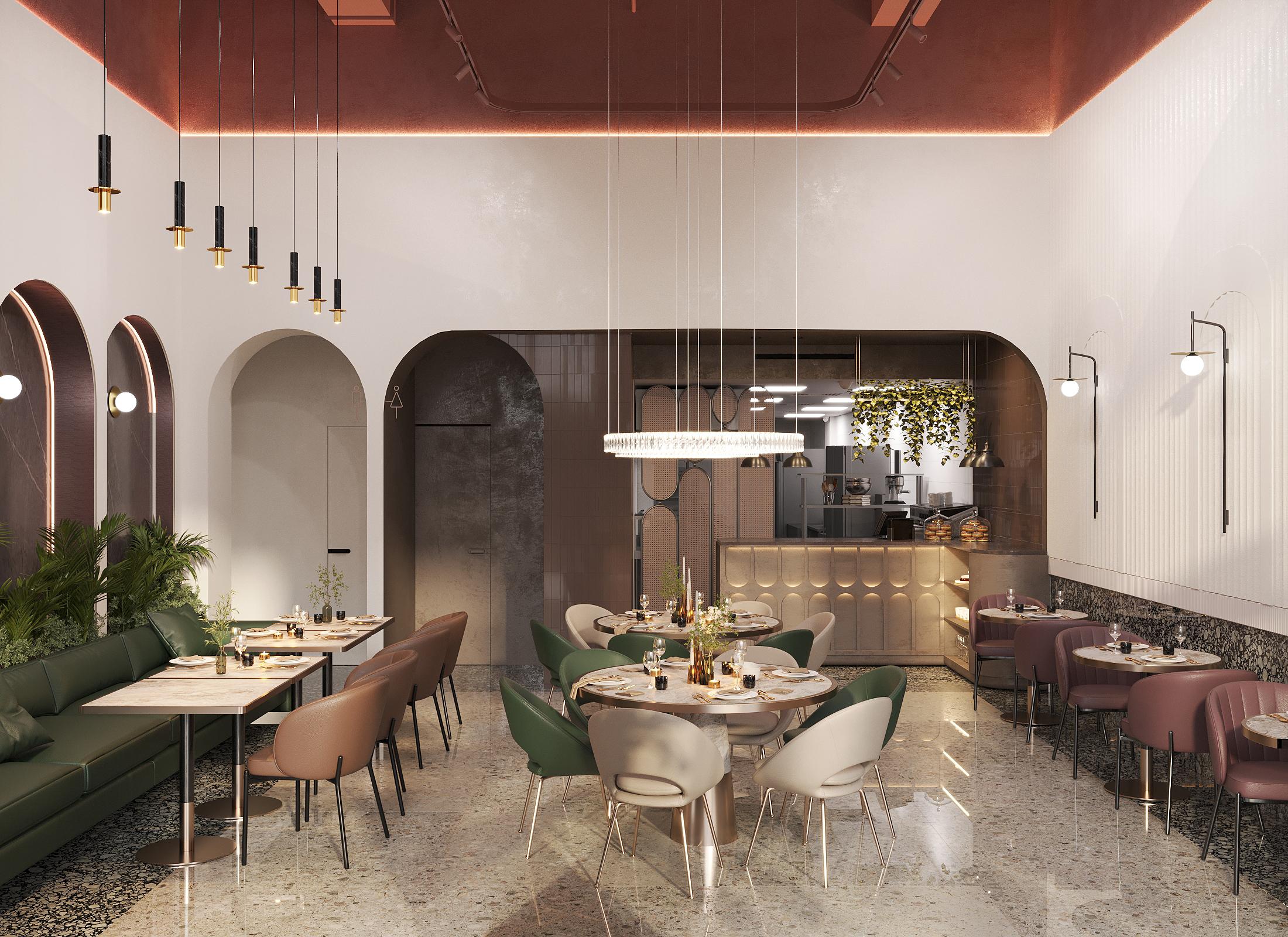
Restaurant with Vintage Elements in the Interior. Design by ZIKZAK Architects
Find a Balance
Allow vintage items room to breathe. Minimal incorporation of vintage, plenty of open space, and clean backgrounds will make these objects stand out as statement pieces. However, overloading the interior with antiques can make it look overwhelming, somewhat dated, as if completely immersed in another era. We carefully and skillfully mix the progressive present with conceptual, refined vintage, weaving it into the contemporary context.
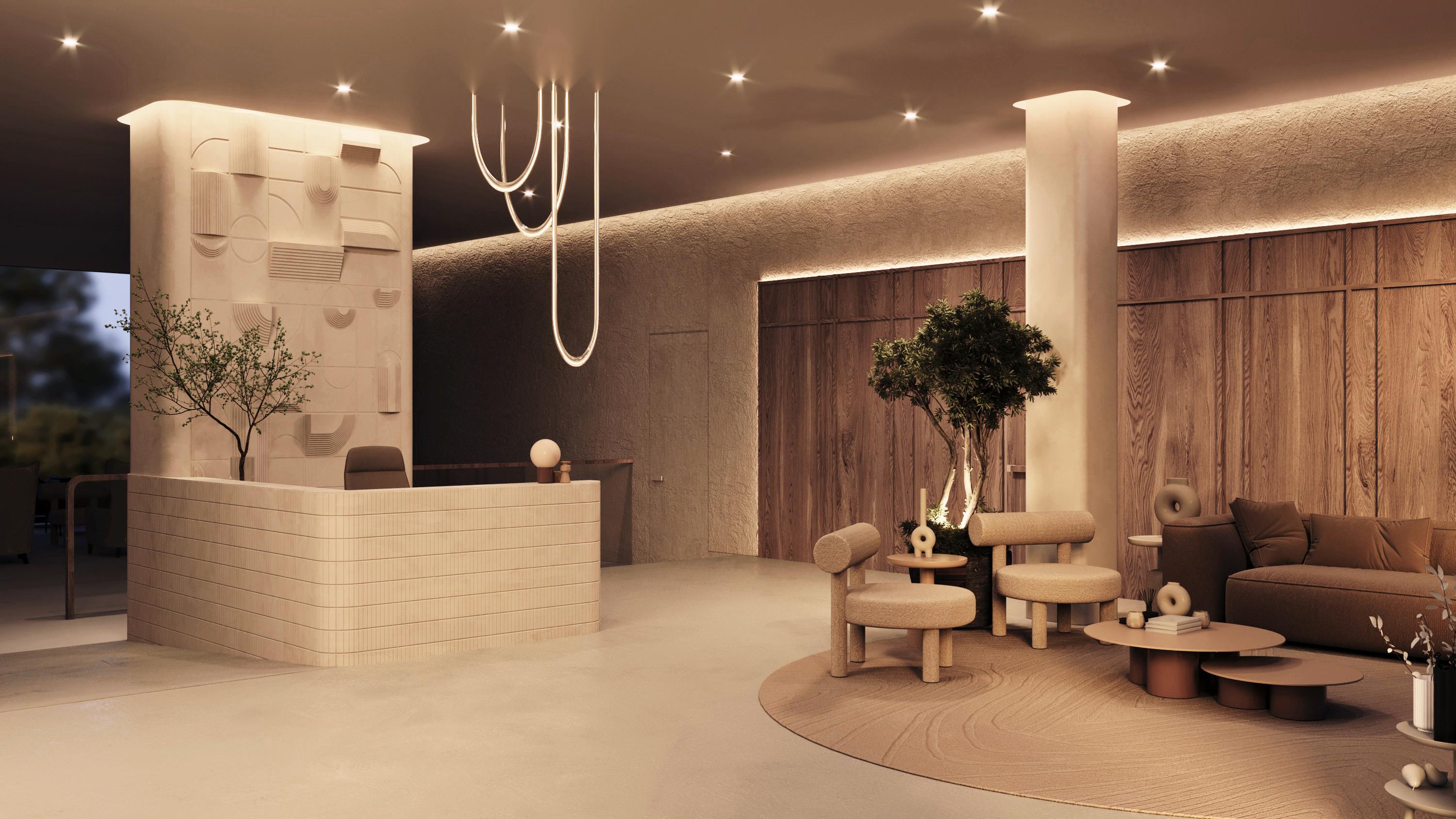
Hotel with Vintage Interior Elements. Design by ZIKZAK Architects
The integration of antiquity into modern commercial interiors provides an excellent opportunity to create a stylish yet timeless space. By employing a diverse array of design techniques and approaches, designers can adeptly weave vintage elements into contemporary environments, imparting a sense of history, authenticity, and character. From selecting the right pieces to customization and storytelling, the art of integrating historical elements into commercial interiors demands creativity, expertise, and a deep understanding of the intersection between the past and the present.
Interested in properties in Cyprus? Check out DOM! The agency's website has the largest real estate database in the country - more than 30 thousand residential and commercial properties all over the island! Here you will find information about the latest development projects. Choose and contact professional real estate brokers who will help you make the right choice!
Read also:

